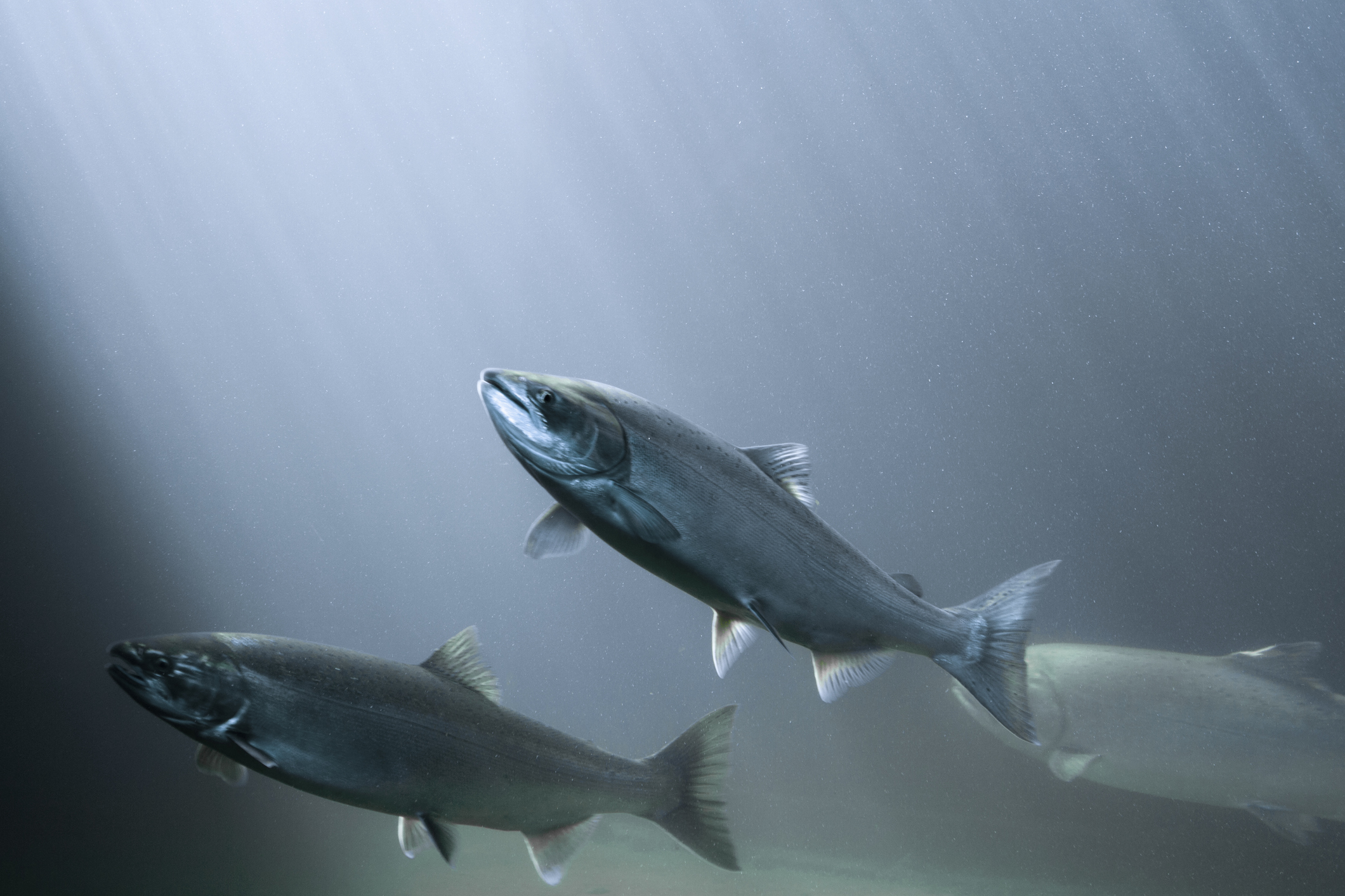Are salmon recovery efforts in the Columbia River Basin failing and even contributing to population declines? That is the interpretation of a new study examining salmon returns at Bonneville Dam over the last few decades.
While such studies are useful to see how Washington is doing in its effort to restore salmon populations, the problems it identifies are region-wide, not isolated to the Columbia. The narrow geographic focus risks making policymakers believe the problems of salmon recovery are local, distracting them from the challenges salmon face across the Northwest.
The study, published in July, found that in the Columbia River Basin, “restoration spending combined with hatchery production are associated with substantial increases in returning adult fish,” but that for wild salmon the authors were “unable to reject the hypothesis of no benefits to wild fish from the restoration spending.”
The coverage of the study focused on the second conclusion, with one report saying, “salmon and steelhead hatchery programs and restoration projects in the Columbia River Basin have failed to support or boost native fish populations and in fact are contributing to their decline.” The last claim – that projects are actually contributing to the decline of wild salmon – is not proven in the study. The claim that hatcheries harm wild populations is mentioned only in passing in the study and is an argument made by some activists.
The claim is that some habitats only have enough capacity for a limited number of fish. If both hatchery and wild fish are competing for limited resources, it can harm wild populations. The study didn’t examine that question, however. In an email, the author of the study wrote, “in our analysis we can only show evidence of an overall effect for both spending and hatchery releases” but did not find that salmon recovery projects or hatcheries caused declines.
While possible, the opposite is also true – some habitat restoration shows no benefit to populations because the existing population is so small, the fish aren’t taking advantage of what is already there. This is one reason habitat restoration projects may not yield increased population in the near or mid-term. The taxpayer dollars spent on those projects seem to have been wasted, but may just be mis-timed, and would have been better spent somewhere else where habitat limits are more immediate.
Although the study focused on the Columbia River, with the implicit message being that dams are the limiting factor for salmon recovery, a study examining the impact of habitat restoration in Puget Sound (where dams are not a major factor) also found that habitat restoration projects have not increased wild salmon stocks. Unlike the Columbia River Basin, overall numbers of Chinook salmon – wild and hatchery – have not improved.
The Puget Sound Partnership’s Salmon Science Advisory Group recently completed an assessment of recovery efforts over the last 15 years in Puget Sound, during which time wild and hatchery Chinook, as well as some other populations, actually declined. The study found that “progress towards salmon recovery goals has been much slower than anticipated and some understanding of why may be helpful in to improving the effectiveness of restoration programs moving forward.”
The reasons for these frustrating trends in Puget Sound and the Columbia River Basin, are complex. Indeed, it is difficult even to assess the impact of individual projects due to a number of conflating factors, including ocean conditions, seals and sea lions, and other issues. For example, as the Washington State Academy of Sciences found, a habitat project can effectively increase populations only to serve to fatten up seals and sea lions.
Studies, like the one on the Columbia, are useful to understand the cumulative impact of our efforts, but by looking only at a particular area, they can miss the forest for the trees, implying that the problem of salmon recovery is local when it is region-wide. They may also imply that funding for salmon recovery or hatcheries is wasteful, when stopping those programs would certainly be disastrous for some salmon runs.
Salmon recovery is complex and important, which can make it frustrating. Increasingly, people are letting frustration guide their thinking, grasping at studies in the hopes to justify their favored political agenda. If this new study is used that way, it may, ironically, contribute to the decline of salmon in the Columbia and across the region.





